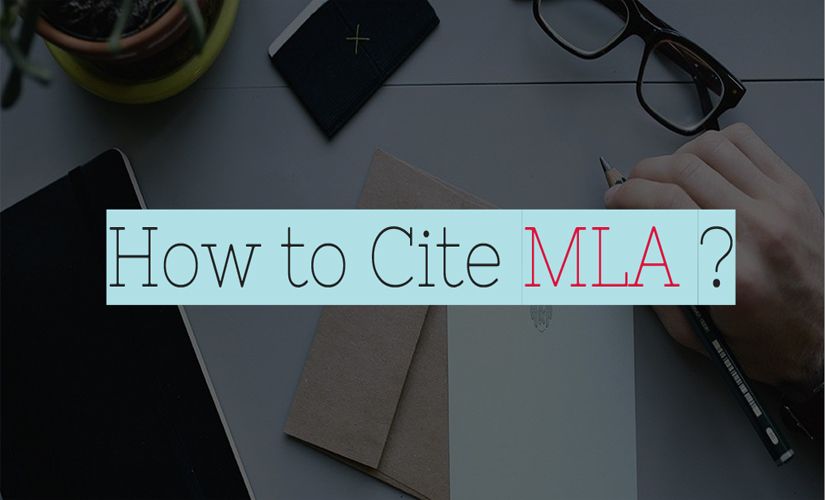Modern Language Association (MLA) provides guidelines to cite different sources to avoid plagiarism. Writers use MLA citation style to acknowledge the work written by other scholars. As a rule, scholars provide information borrowed through in-text-citations. They also organize a detailed list of sources on the Works Cited page. Hence, people must know how to cite MLA. In particular, this writing style calls for in-text citations in author-page or –paragraph format, specific headings, and a “Works Cited” section with sources arranged in alphabetical orders and their designations in title-case.
Citing MLA In-Text Citations
The MLA citation allows a scholar to use the MLA in-text citation in author-page format. For instance, people must provide the surname of the source’s author and the page number containing used information if they know how to cite MLA. In this case, writers should use the MLA format citation to quoted data from the source. However, there are some cases where the source has more than one authors. For instance, scholars should include sufficient details that identify the authors. Along these lines, they provide the surnames for sources with two authors. Besides, writers should use the surname of the first writer followed by the phrase “et al.” for sources with more than two authors. Therefore, scholars have to include the surname of the author together with the pagination for all printed sources and paragraph for the websites, considering how to cite MLA.

MLA Website Citations
The MLA style helps authors to provide the exact location of information obtained from a website. For instance, when citing a website MLA, this type of source does not have page numbers but paragraphs by considering how to cite MLA. Along these lines, authors must provide a specific section containing the quoted information. In this case, they should use the phrase “par.” followed by a period to cite the paragraph with quoted information. Therefore, scholars should provide the place where the information is obtained from a website as well as a heading of different segments.
MLA Headings
The MLA referencing style should contain section headings. For instance, all headings and subheadings should appear in title cases, covering how to cite MLA. Basically, people must capitalize nouns, adjectives, pronouns, adverbs, verbs, and subordinate conjunctions in the headings. In turn, all other words should start with lowercase letters. Thus, the MLA format heading allows writers to include headings followed the capital cases.
MLA Works Cited
The MLA style requires a scholar to provide a list of sources used in writing. For instance, the MLA Works Cited should be the last section of the MLA format essay and should be arranged in alphabetical order. Basically, people should arrange sources in alphabetical order of the surnames of the authors to cover the rules of how to cite in MLA. In this case, the headings of the references should be in title-case in the MLA format Works Cited. As a result, people should capitalize on major words. Besides, all minor words in the title of a source should be lowercased. Therefore, the MLA paper format should have the last page with sources. In turn, this page must contain a list of all sources used in alphabetical order and title cases.
Conclusion on How to Cite MLA
In conclusion, the MLA referencing style requires students to use the MLA format in text citation. Basically, the author-paragraph form applies in cases where people obtain evidence from a website since they know how to cite MLA. Besides, they should include section headings in capital cases. Finally, the Works Cited page MLA format with sources in the alphabetical order should appear as the last section of an academic paper.

